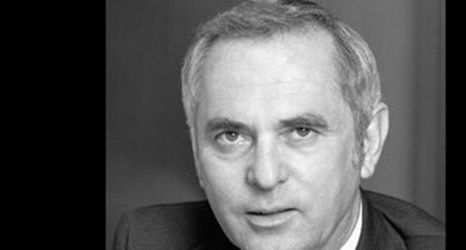By the time Richard Neutra, R.M. Schindler and other modernist architects began making a noticeable mark on Los Angeles in the decades before World War II, a good number of the city's major public buildings were already in place.
A certain strain of handsome revivalism had solidly established itself: There was an expectation that new civic and commercial buildings would be wrapped in Spanish or Mediterranean dress, with occasional forays into Art Deco or Streamlined Moderne.
There would be no flat-roofed City Hall for Los Angeles, no big train station in the International Style.
Out in the desert a few years later, it was a different story.
